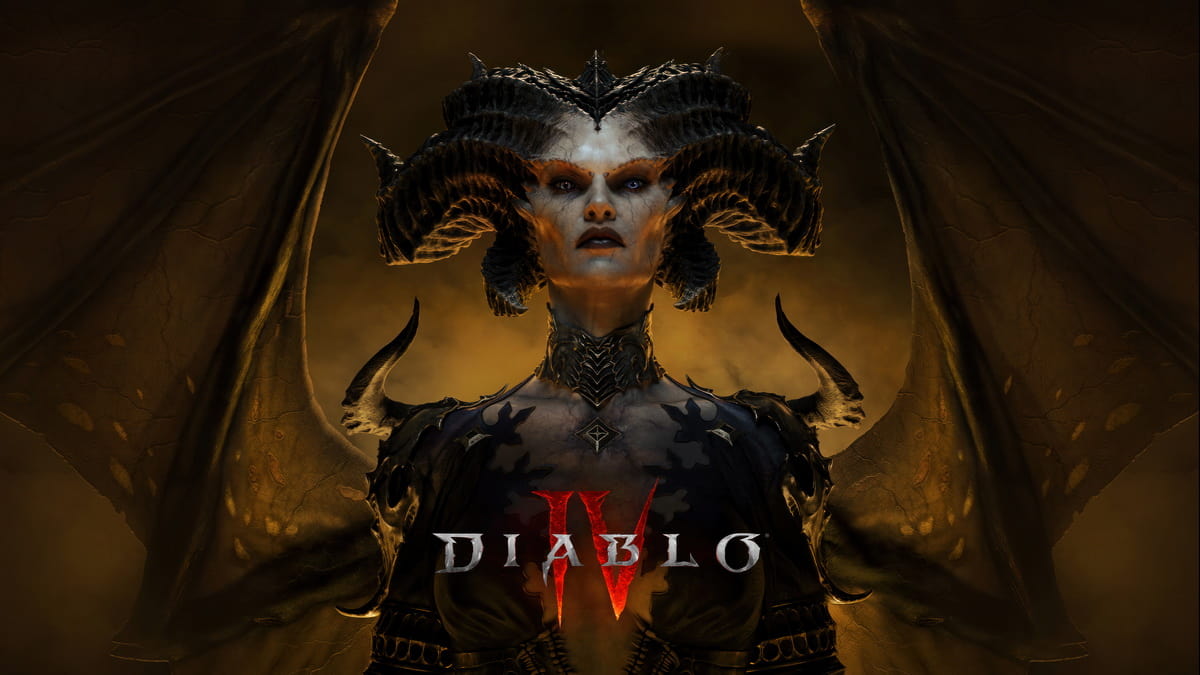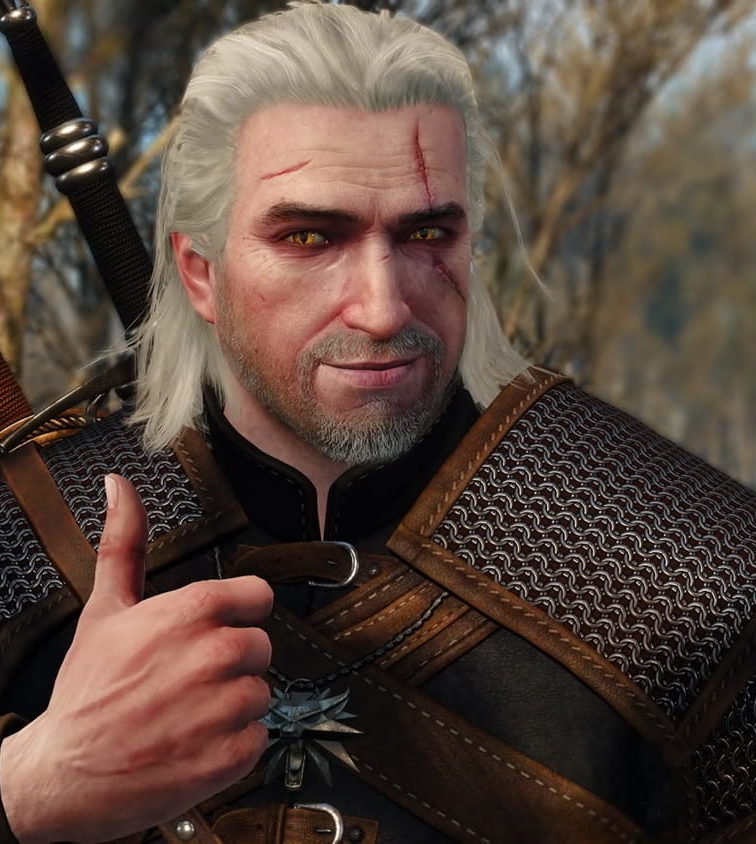Since its release, “Diablo 4” has showcased Blizzard Entertainment’s dedication to evolving the gaming landscape. As the latest addition to the Diablo series, it has delivered a rich storyline and introduced innovative advancements in gaming technology and design.
Its dark, lifelike art style, dynamic weather system, and vast open world have set a new standard in the action RPG genre, offering players an immersive experience.
To discover more about this gaming milestone, dive into our list of 30 fun facts about Diablo 4, revealing intriguing insights and behind-the-scenes details.
1. The Evolution of Diablo 4’s Art Style
“Diablo 4” marks a significant shift in visual design, adopting a darker, more realistic art style, a departure from the previous games’ high-fantasy aesthetic. This change was influenced by the feedback from the Diablo community, who desired a return to the darker roots of the series.
The development team, inspired by classic Renaissance art, aimed to create a world that feels both ancient and ethereal. The game’s art director, John Mueller, emphasized the importance of this new direction in enhancing the player’s emotional connection to the game world.
2. Diablo 4’s Dynamic Weather System
In a first for the series, “Diablo 4” introduces a dynamic weather system, directly influencing gameplay. This system creates a variety of weather conditions – from torrential downpours to dense fogs – that not only transform the game’s visual landscape but also impact visibility and combat strategies.
This feature was developed to make the game world feel more alive and unpredictable, enhancing the player’s immersion. The dynamic weather also plays a role in the narrative, with certain game events and quests being weather-dependent.
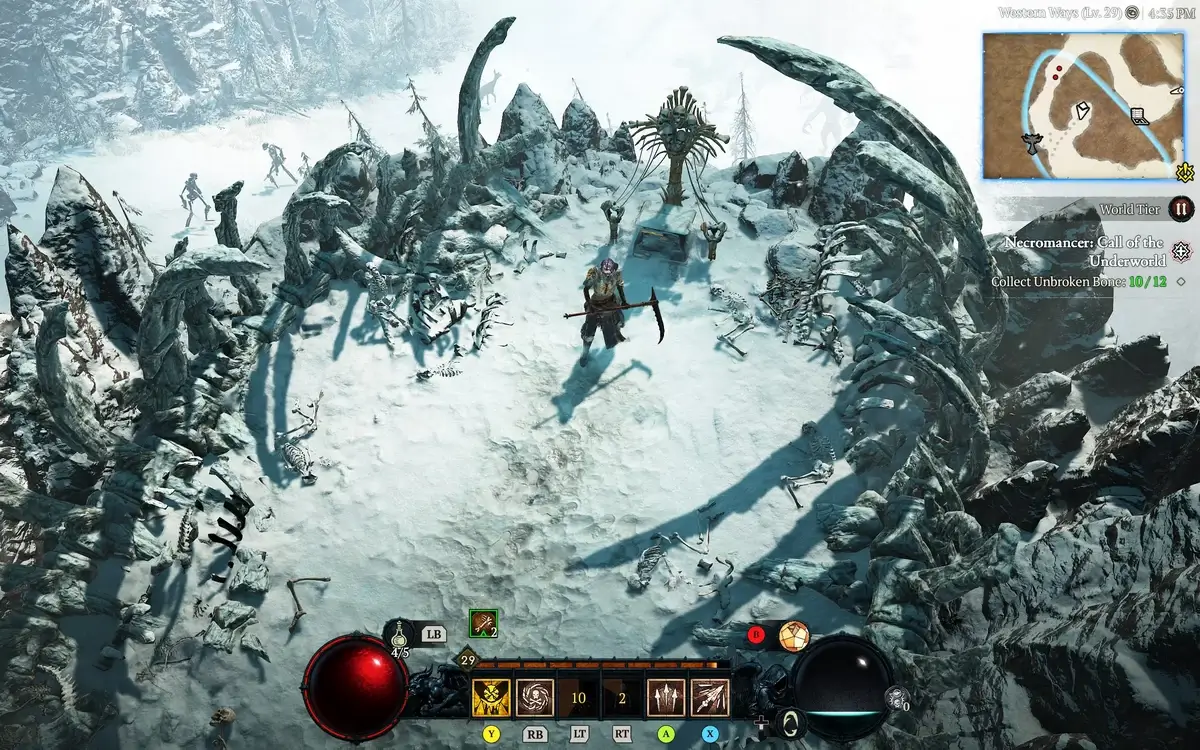
Image: 8pe.net
3. Revolutionary Open World in Diablo 4
“Diablo 4” introduces an open-world structure, a significant departure from the series’ traditional level-based design. This world is not only vast but also seamless, with no loading screens, allowing for uninterrupted exploration. The game’s world consists of five distinct regions, each with its own unique ecosystem and challenges.
This move to an open world was driven by player feedback seeking a more explorative and less linear gaming experience. The game’s lead designer, Joe Shely, stated that this open-world approach aims to give players a sense of discovery and freedom like never before.
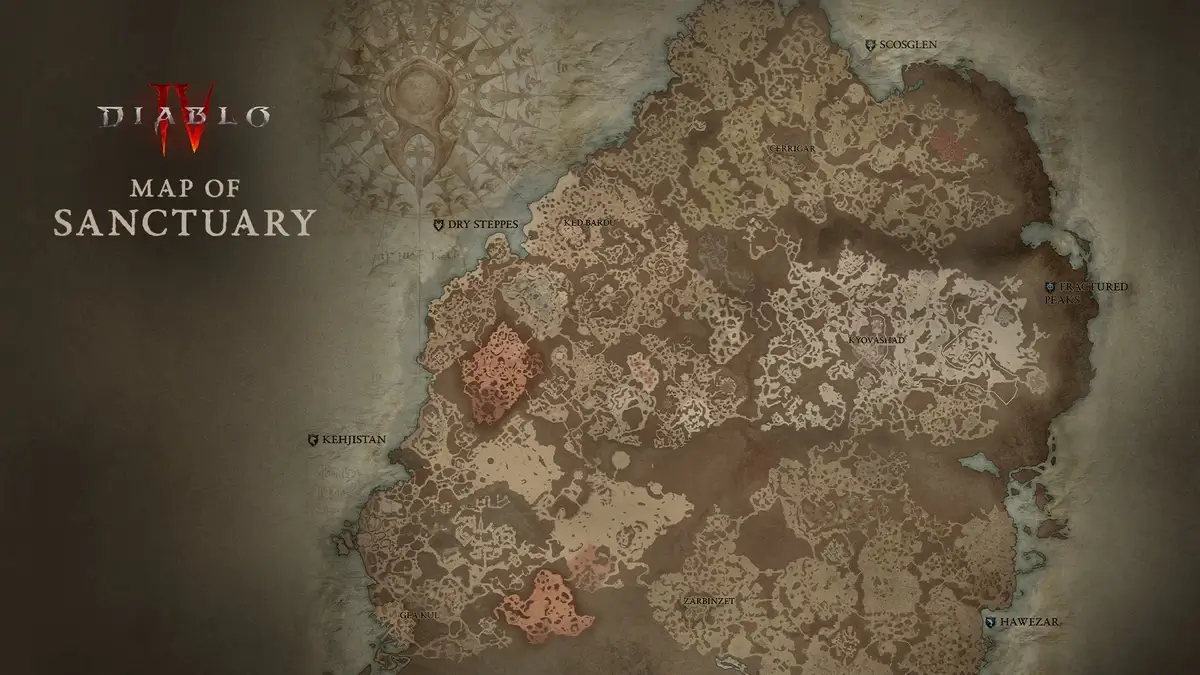
Image: wowhead.com
4. Diablo 4’s Unique Character Customization
Character customization in “Diablo 4” has been elevated to new levels, allowing players to create truly unique heroes. This includes extensive options for physical appearance, armor, and weaponry. Beyond aesthetics, the game introduces a sophisticated skill tree system, enabling players to tailor their characters’ abilities to suit their playstyle.
This level of detail in customization was developed in response to community feedback, with the aim of giving players more agency in their character’s development. The game’s lead systems designer, David Kim, highlighted that this system is about empowering players to craft their own gaming experience.
5. The Intricacies of Diablo 4’s Skill Tree
“Diablo 4” introduces a revamped skill tree, offering a level of complexity and customization that significantly enhances gameplay strategy. This new skill tree is not just about choosing abilities; it’s about shaping the way you play. Each class in the game has a unique tree with branches that cater to different playstyles, be it aggressive combat or strategic support.
According to Luis Barriga, Game Director, this design was influenced by player feedback from previous Diablo games, emphasizing the need for more strategic depth in character development.
6. Multiplayer Gameplay in Diablo 4
“Diablo 4” elevates its multiplayer experience, allowing players to seamlessly join forces or compete against each other. This multiplayer mode is built into the open-world design, enabling spontaneous player interactions, cooperative missions, and PvP battles.
The game’s social hubs, where players can meet and trade, are designed to foster a sense of community. Blizzard has focused on balancing cooperative and competitive elements, ensuring that both types of players find their niche.
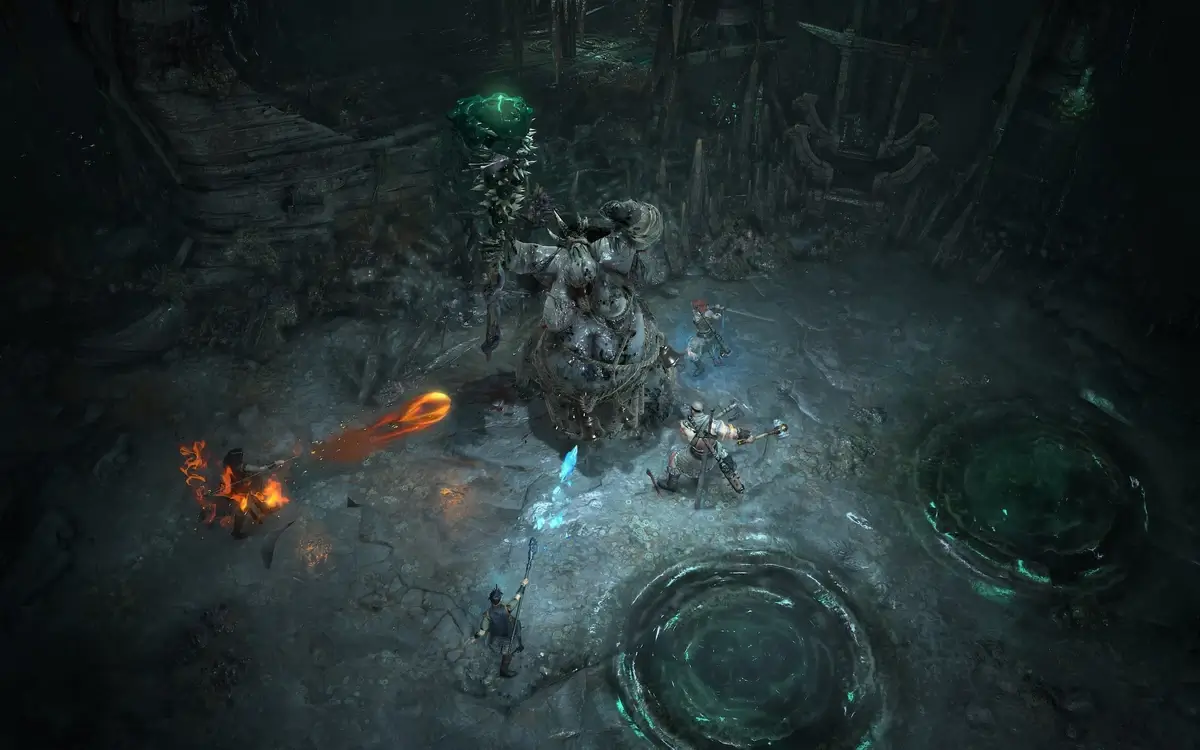
Image: hobbyconsolas.com
7. Mother’s Blessing Returns to Sanctuary
In a significant update, “Diablo 4” reintroduced the ‘Mother’s Blessing’ event on November 16, 2023. This eagerly awaited event enhanced the gaming experience by providing players with increased gold and experience gains for an entire week. This strategic addition not only incentivized player engagement but also offered a unique opportunity for players to accelerate their progress in the game.
Such events demonstrate Blizzard’s commitment to keeping “Diablo 4” dynamic and engaging for its community.
8. Diablo 4’s Enhanced Enemy AI
“Diablo 4” brings a significant improvement in enemy AI, making combat more challenging and dynamic. Enemies in the game now have more complex behavior patterns and can adapt to the player’s tactics. This AI system was developed to create a more engaging and less predictable combat experience.
The game’s AI programmers have implemented advanced algorithms that allow enemies to coordinate attacks, retreat strategically, and even use the environment to their advantage.
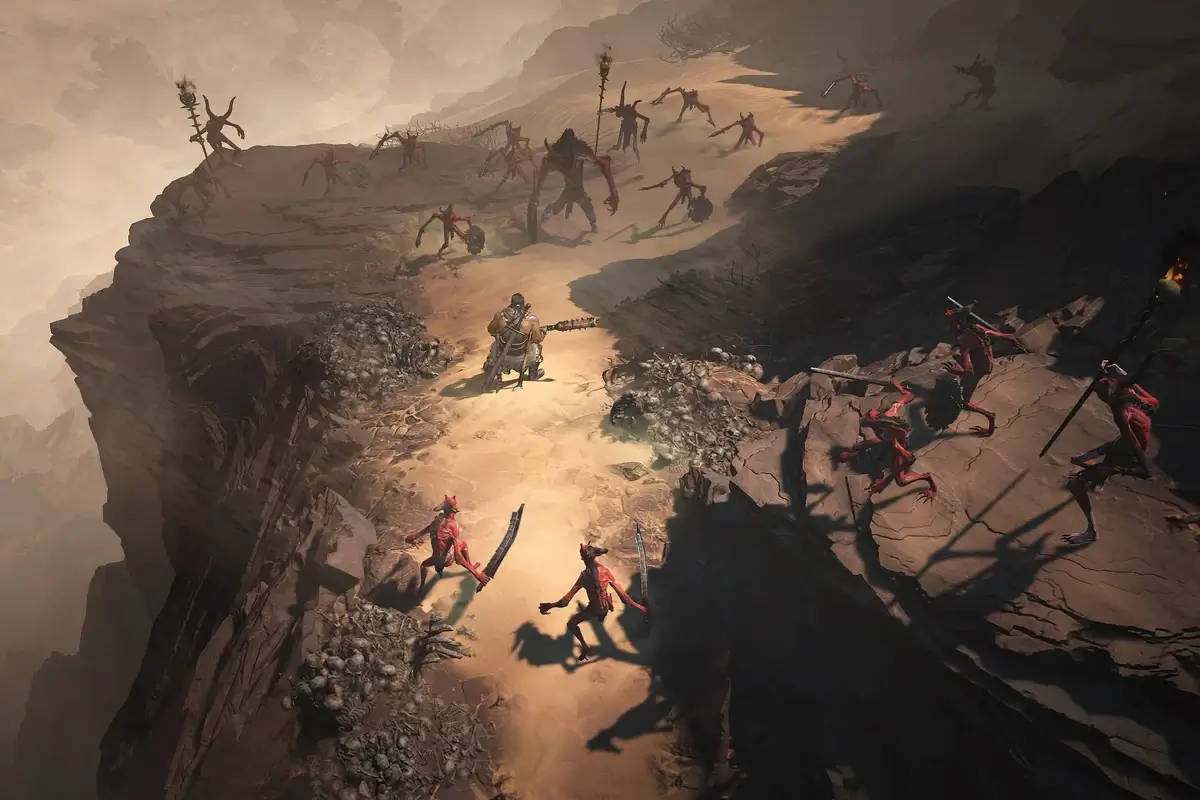
Image: wired.com
9. The Lore Expansion in Diablo 4
“Diablo 4” significantly expands the series’ lore, delving deeper into the dark and intricate world of Sanctuary. The game introduces new characters, factions, and backstories, enriching the narrative tapestry. The story of “Diablo 4” is designed to be more immersive, with a focus on world-building and character development.
The game’s narrative team, led by senior writer Christie Golden, has crafted a story that is not only compelling but also adds new layers to the Diablo universe.
10. Voice Acting Brilliance in Diablo 4
“Diablo 4” elevates the series’ narrative impact through exceptional voice acting. The voice cast includes seasoned actors, with credits in notable video games and films. For instance, the actor voicing the lead villain has a history of roles in acclaimed RPGs. Their performance is aimed to bring a chilling depth to the character, enhancing the game’s dark theme.
The voice recording process began in early 2021, with actors recording in top-tier studios to ensure the highest audio quality, a testament to Blizzard’s dedication to immersive storytelling.
11. Diablo 4’s Soundtrack: A Musical Journey
The soundtrack of “Diablo 4” is a symphonic blend of orchestral and electronic music, composed by industry veterans who previously worked on acclaimed movie scores and AAA games.
Recorded with a 70-piece orchestra, the soundtrack was completed in late 2022, designed to evoke the game’s ominous and epic atmosphere. One standout piece, the main theme, combines traditional medieval instruments with modern synthesizers, reflecting the game’s blend of ancient lore and contemporary gameplay.
12. Innovative Mount System in Diablo 4
The mount system in “Diablo 4” introduces a range of mythical and realistic creatures as mounts, each with unique abilities and customizations. Developed over two years, the team meticulously designed these mounts to integrate with the game’s mechanics, allowing for swift navigation and strategic combat advantages.
The most notable mount, the ‘Dreadsteed’, features unique flame animations, showcasing the game’s advanced graphical capabilities.
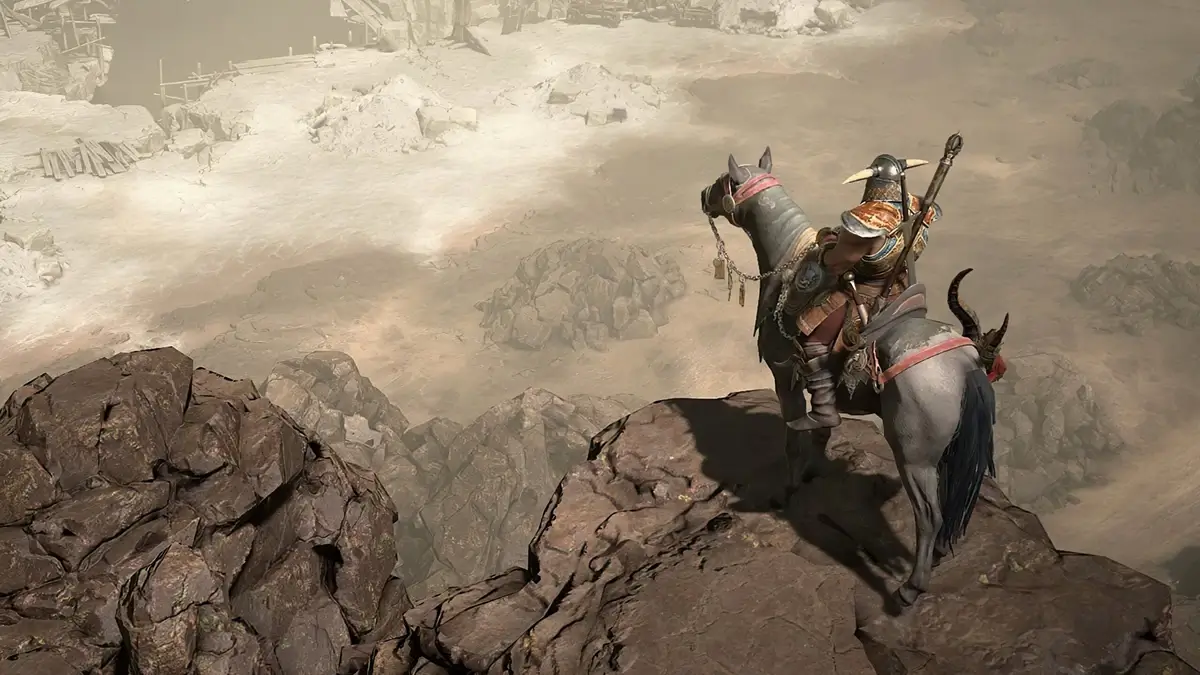
Image: wccftech.com
13. The Influence of Fan Feedback on Diablo 4
Blizzard’s development of “Diablo 4” has been significantly shaped by fan feedback, gathered through forums, beta testing, and surveys since the game’s announcement in 2019. This feedback led to the revamping of the loot system, ensuring a more rewarding player experience.
For example, the introduction of the non-linear skill tree was a direct response to fans’ desire for more customization options, a feature finalized in mid-2022 after extensive testing.
14. Cross-Platform Features in Diablo 4
“Diablo 4” breaks new ground with cross-platform capabilities, a feature finalized in early 2023 after extensive network testing. This functionality allows players on PC, Xbox, and PlayStation to interact seamlessly, a technical feat achieved through advanced server integration.
The cross-platform play is designed to maintain game balance and fairness, irrespective of the platform. This feature is a nod to modern gaming trends, emphasizing Blizzard’s focus on a unified gaming community.
15. Diablo 4’s Cinematic Excellence
“Diablo 4” sets a new standard in gaming with its cinematic excellence. The cinematic team, composed of veterans from major film studios, employed cutting-edge motion capture technology, starting from early 2020. These cinematics are not just visual spectacles; they’re integral to the storytelling, delivering key narrative moments with emotional depth.
Notably, the cinematic for the game’s opening, a 7-minute epic, involved over 50 actors and technicians, showcasing Blizzard’s commitment to merging cinematic storytelling with gaming.
16. Crafting and Resource Gathering in Diablo 4
Crafting and resource gathering in “Diablo 4” have been overhauled to provide a more immersive and interactive experience. The crafting system, refined through player feedback since its initial testing phase in 2021, allows for more complex item creation and customization.
Resources are now gathered through various activities, including exploration and combat, encouraging players to engage with the game world more deeply. The most sought-after resource, ‘Eldritch Essence’, is used in high-level crafting and can only be found in the game’s most dangerous zones.
https://youtu.be/ODhYkfeTk08?si=u0AoA5iP8yxCmrKN
17. PvP Zones in Diablo 4: A New Challenge
PvP zones in “Diablo 4” introduce a new layer of challenge and strategy. These zones, named ‘Fields of Hatred’, were developed over two years and are designed as high-risk, high-reward areas where players can engage in combat for valuable resources.
The introduction of these zones was a direct response to player requests for more competitive and interactive PvP content. The zones feature dynamic events and unique environmental hazards, adding complexity to the PvP experience.
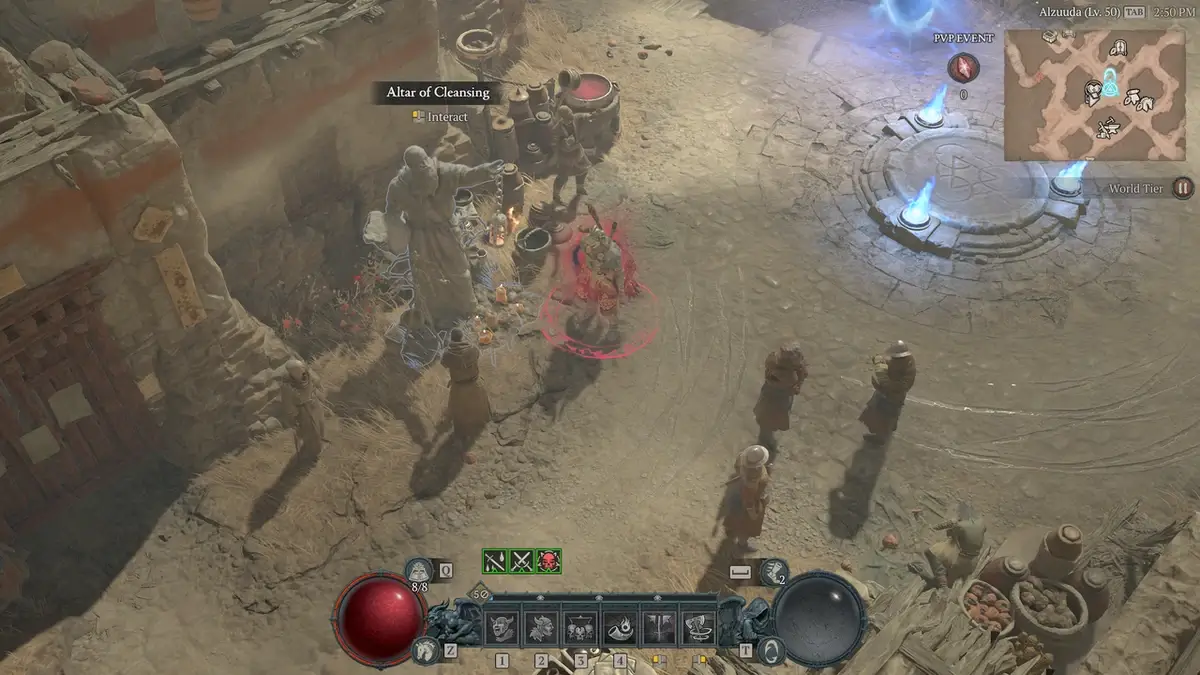
Image: ign.com
18. Diablo 4’s Quest System Overhaul
The quest system in “Diablo 4” has been completely overhauled, offering a more dynamic and non-linear approach to storytelling. Introduced in 2022, this system allows players to choose how they interact with the game’s narrative, with quests adapting to decisions made in-game.
The new system includes branching storylines and multiple quest outcomes, providing a personalized experience for each player. This overhaul was a result of player feedback, emphasizing the desire for more meaningful and impactful story choices.
19. The Return of Beloved Diablo Characters
“Diablo 4” sees the return of several beloved characters from the series, reimagined and integrated into the new narrative. This decision, influenced by fan nostalgia and requests, brings back characters like Lilith and Mephisto, with updated backstories and roles.
The return of these characters was meticulously planned, with their stories interwoven into the game’s main narrative, enhancing both the lore and emotional impact. The developers collaborated with writers who worked on previous Diablo games to ensure authenticity in their portrayal.
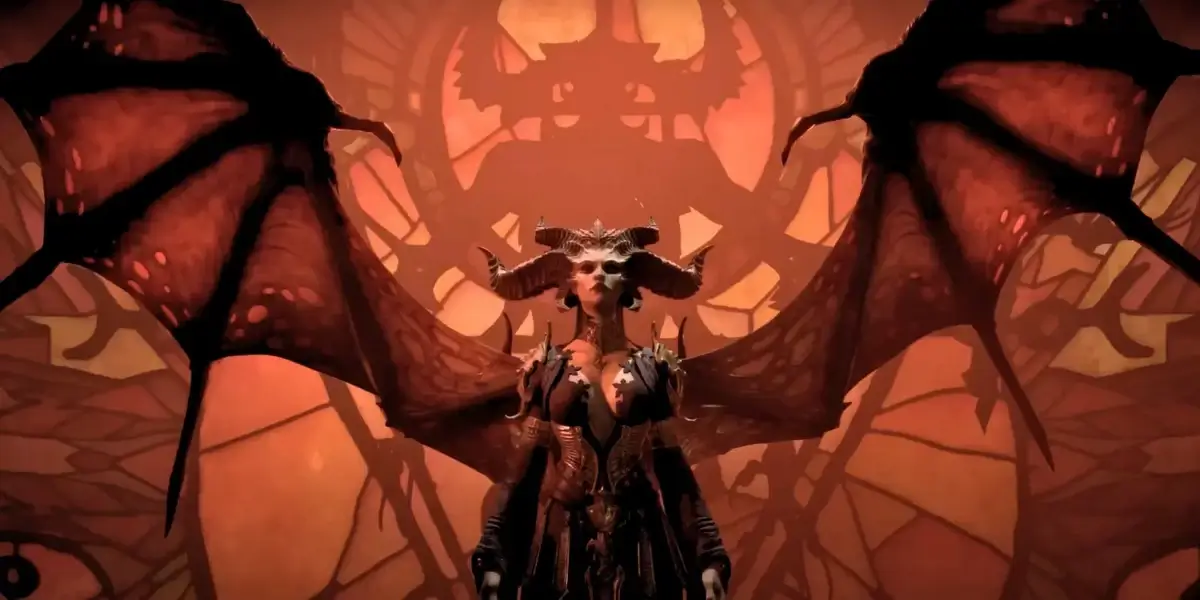
Image: screenrant.com
20. System Requirements and Playable Devices for Diablo 4
“Diablo 4” is designed to be accessible on a wide range of systems, catering to a diverse gaming audience. The minimum system requirements specify an Intel Core i5 of the 6th generation (or later) or an AMD Ryzen 5 CPU, highlighting the need for relatively modern hardware.
Additionally, the game requires 8 GB of RAM and a graphics card equivalent to or better than the NVIDIA GeForce GTX 970 or AMD Radeon RX 470. These requirements ensure that “Diablo 4” delivers a consistent and immersive experience across various devices.
The game is compatible with PC (Windows 10 and above), PlayStation 4, PlayStation 5, Xbox One, and Xbox Series X/S, allowing players to choose their preferred gaming platform.
21. World Bosses in Diablo 4: Epic Battles
“Diablo 4” introduces world bosses, massive and challenging enemies that require teamwork and strategy to defeat. These bosses, designed over a two-year period, are not just larger in scale but also feature complex mechanics and AI behaviors.
The first revealed world boss, ‘Ashava’, has become iconic for its immense size and brutal combat style. Encounters with these bosses are designed to be epic and memorable, offering both high risk and high reward.
22. Diablo 4’s Vast Bestiary
The bestiary of “Diablo 4” is vast and diverse, featuring over 100 different enemy types. This range includes both new and familiar creatures, each with unique abilities and behaviors.
The development team dedicated significant resources to design and animate these creatures, ensuring they contribute to the game’s immersive atmosphere.
The bestiary was expanded in response to player feedback for more varied and challenging enemies, with each creature designed to offer a unique combat experience.

Image: fandom.com
23. Seasonal Content in Diablo 4
“Diablo 4” will feature seasonal content updates, planned to keep the game fresh and engaging long after its release. These updates will include new quests, items, and events, providing players with new challenges and experiences. The first season, set to launch a few months after the game’s release, will introduce new storylines and a special event tied to the game’s lore.
This approach to content updates, influenced by successful models in other online games, aims to build a dynamic, ever-evolving game world. Each season is designed to expand the narrative and world of Diablo 4, keeping the community engaged and active.
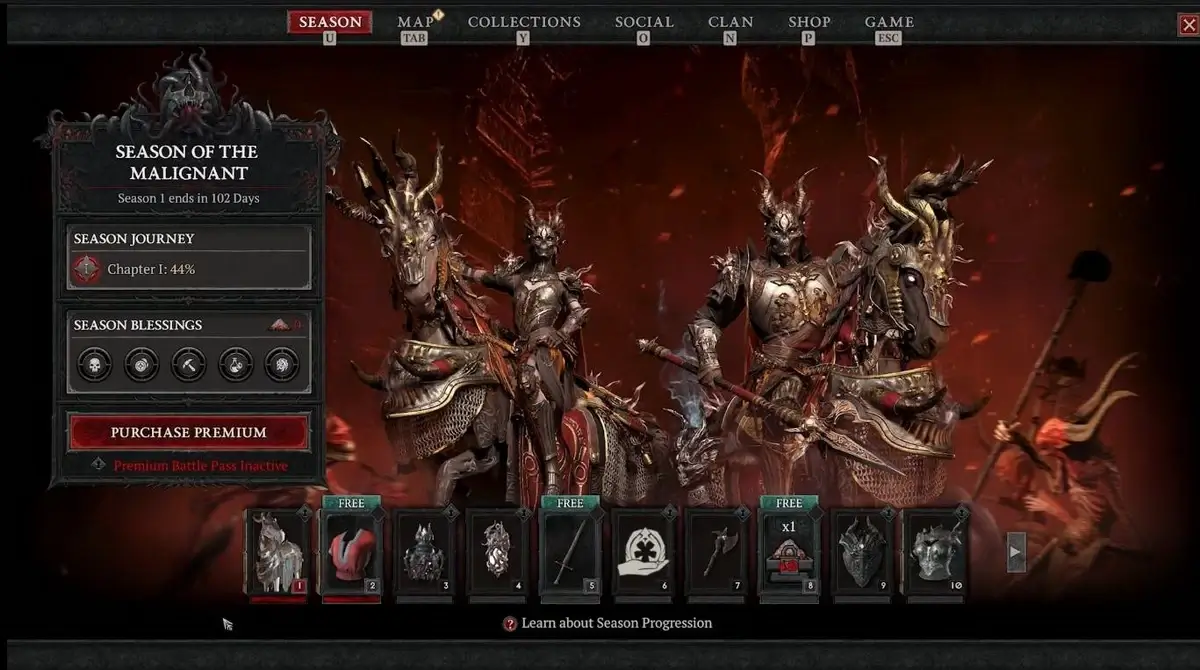
Image: roccat.com
24. Diablo 4’s Advanced Combat Mechanics
“Diablo 4” enhances its combat mechanics, offering a more fluid and responsive experience. Key to this improvement is the new animation system, implemented in early 2022, which allows for smoother and more realistic character movements. This system enables a higher level of combat strategy and skill expression.
The game also introduces environmental interactions in combat, such as using objects in the surroundings as weapons or cover. These advanced mechanics are designed to provide players with a more immersive and tactically rich combat experience.
25. The Role of NPCs in Diablo 4
Non-Playable Characters (NPCs) in “Diablo 4” play a crucial role in both the storytelling and gameplay. The game features a wide range of NPCs, each with their unique backstories and quests.
The development team, focusing on narrative depth, has created these characters to offer more than just quests; they are integral to the world-building of Sanctuary.
Interaction with NPCs can lead to unexpected storylines and rewards, making every encounter potentially significant.
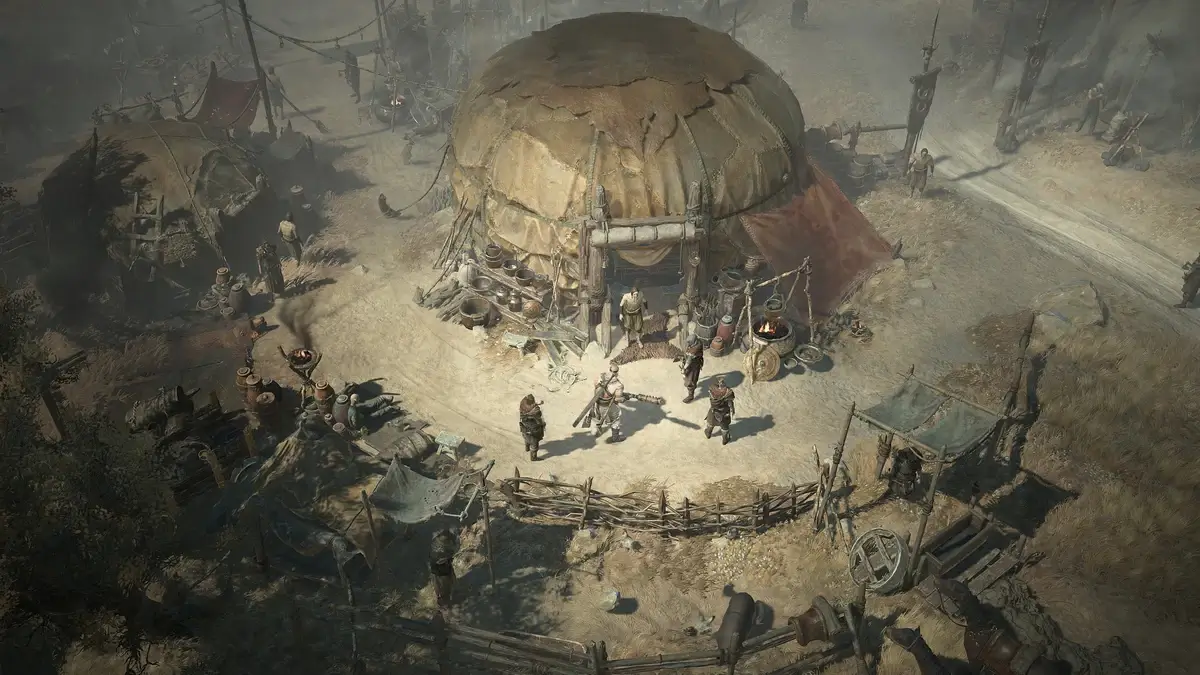
Image: wallpapershome.com
26. Diablo 4’s Unique Quest Rewards
Quest rewards in “Diablo 4” are uniquely tailored to provide a more satisfying and personalized experience. The game introduces a system where rewards are not just about gaining items, but also about impacting the game world and character development. For example, completing certain quests can alter the environment or unlock new abilities.
This system, developed in response to player feedback for more meaningful progression, adds a layer of depth to the questing experience, encouraging players to engage more deeply with the game’s content.
27. The Influence of Gothic Architecture in Diablo 4
“Diablo 4” draws heavily from Gothic architecture to craft its immersive game world. This design choice, rooted in the early conceptual phase of 2019, brings a sense of historical depth and foreboding to the environments.
Gothic elements like pointed arches, ribbed vaults, and detailed sculptures are evident in many structures within the game. These architectural details are not just aesthetic; they contribute to the storytelling, reflecting the game’s themes of darkness and despair.
The art team undertook extensive research on Gothic architecture to ensure authenticity in the game’s design.
28. Diablo 4’s Hidden Easter Eggs
“Diablo 4” is filled with hidden Easter eggs, a nod to the series’ history and gaming culture. These Easter eggs, strategically placed by the developers, range from subtle references to previous Diablo games to humorous nods to popular culture.
The team has included these as a way to reward exploration and engage the community in discovering and deciphering them. Some Easter eggs are also tied to hidden quests and rare items, adding an extra layer of intrigue.
29. Realism in Diablo 4’s Environment Design
“Diablo 4” sets a new benchmark in environmental realism. The development team, using advanced rendering techniques and high-definition texture mapping, created environments that are both visually stunning and highly detailed.
Each zone in the game has its unique ecosystem, weather patterns, and day-night cycles, adding to the realism. This realistic design approach was taken to enhance player immersion, making the world of Sanctuary feel more tangible and alive.
30. The Development Journey of Diablo 4
The development journey of “Diablo 4” has been a long and intricate process. Officially announced in 2019, the game underwent numerous iterations based on player feedback and technological advancements.
Key milestones in its development include the completion of the game’s core mechanics in 2020 and the finalization of its open-world design in 2021.
The team’s commitment to quality and player satisfaction has been evident throughout the development process, with regular updates and community engagement.
FAQ
Why is there no paladin in Diablo 4?
The absence of the Paladin class in “Diablo 4” is a design choice made by Blizzard to introduce new classes and dynamics to the game. While the Paladin has been a popular class in previous Diablo games, the developers aimed to explore fresh concepts and character archetypes. This decision also aligns with the game’s darker and more realistic tone, where they felt new classes like the Druid and the Rogue would fit better.
What is the hardest class to play in Diablo 4?
The hardest class to play in “Diablo 4” is subjective and can vary based on player style and experience. However, early feedback suggests that the Sorceress might be challenging for some due to its reliance on precise positioning and timing. The Sorceress’s abilities are powerful but require careful management of resources and strategic use of skills to be effective.
Who is the bad guy in Diablo 4?
The primary antagonist in “Diablo 4” is Lilith, the Daughter of Hatred. She is a central figure in the game’s lore, known as the creator of the Nephalem and a character with deep ties to the series’ mythology. Her return to Sanctuary sets the stage for the game’s central conflict, bringing a new level of darkness and malevolence to the narrative.
Why is Diablo 4 so good?
“Diablo 4” has been praised for several reasons: its return to a darker, more gothic atmosphere reminiscent of earlier games in the series, the expansive and immersive open world, advanced combat mechanics, and deep customization options. Additionally, the game’s attention to detail, high-quality voice acting, and cinematic excellence contribute to its high acclaim.
Is there any romance in Diablo 4?
“Diablo 4” does not focus on romance as a primary narrative element. The game’s storyline centers more on dark fantasy and the struggle against demonic forces. While there may be complex relationships and character interactions, these are not primarily romantic in nature.
Who is the final boss in Diablo 4?
The final boss in “Diablo 4” is Lilith, the Daughter of Hatred. She challenges players in a complex battle that evolves through multiple stages, each requiring different strategies to defeat. Lilith’s role as the final antagonist ties closely with the game’s dark narrative, making her confrontation a climactic and integral part of the game’s storyline.
Does Diablo 4 have multiple endings?
“Diablo 4” ends with multiple cliffhangers, and it’s clear the story of angels and demons is far from over. Blizzard has confirmed that the game will receive fresh story content periodically, making the base game’s narrative just an introduction to a longer saga. The ending leaves room for continuation in annual DLC expansions, and some seasonal content might also expand the plot in small ways. While the base game’s primary antagonist is Lilith, future expansions are set to introduce other significant villains, potentially including Mephisto, as the next major antagonist. The ending suggests that the story of “Diablo 4” is designed to evolve and expand beyond the base game through updates and expansions.
What makes Diablo 4 different?
“Diablo 4” differentiates itself with its open-world design, a first for the Diablo series, offering a seamless and expansive environment to explore. It also introduces more advanced combat mechanics and deeper character customization. The game’s narrative depth, realistic graphics, and dynamic weather system set it apart from its predecessors, marking a significant evolution in the series.


